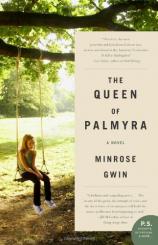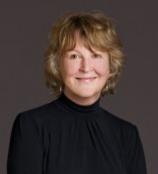Reading Group Guide
Discussion Questions
The Queen of Palmyra

1. Why do you think the novel is entitled The Queen of Palmyra, named after the legendary Zenobia, who took on the whole empire of Rome --- and lost? Is the “queen” of the book one person or several? What does it mean to be a “queen”?
2. “True stories happen and then you tell them. But what you tell depends on what you see. And what you see depends on what you know,” Florence Forrest observes in the final pages of the novel. How is seeing dependent on knowing in The Queen of Palmyra? How does the novel pivot, as Lee Smith has observed, between seeing and not seeing, knowing and not knowing?
3. “I need you to understand how ordinary it all was.” The intimate story of two families, one African American and one white, is played out against a backdrop of the racial tension and unrest that gripped the American South of the 1960s. How does the historical dimension of the story deepen and enhance our sense of everyday life under Jim Crow? How do we find the truth of history in the everyday, the ordinary?
4. The book abounds in stories with competing and contradictory messages: Uncle Wiggily, Br’er Rabbit, Bomba the Swamp Boy, Queen Zenobia. In what sense is the novel about the nature of stories and their multiple, often conflicting functions in human thought and action?
5. What do these stories teach Florence Forrest? What do they tell us about the characters who tell them?
6. Florence’s story is interrupted briefly near the end of the book by Eva Greene, who narrates her own murder in excruciating detail. What is the effect of this interruption? What do we learn from Eva in the moment of her death?
7. How is teaching important to the story? What does it mean to be a teacher? What does Eva teach Florence? Who else in the novel is a teacher?
8. Martha Forrest, the cake lady of Millwood, abandons Florence to her father, not once but twice. Why doesn’t she come back for Florence? Does Florence ever forgive her mother?
9. Why do sentences and diagrams feature so prominently in the novel? What does Florence mean when she says that Eva gave her “the sentence”? Why is it a diagrammed sentence on a blackboard that finally enables Florence to forsake her “willed, necessary blindness” and ‘see’?
10. Why, at the end of the book, does Florence take “that sharp left,” choosing to return to her own story rather than allowing herself to be swept away by the hurricane as she had planned? What will her life be like now?
The Queen of Palmyra
- Publication Date: April 27, 2010
- Paperback: 390 pages
- Publisher: William Morrow Paperbacks
- ISBN-10: 0061840327
- ISBN-13: 9780061840326








